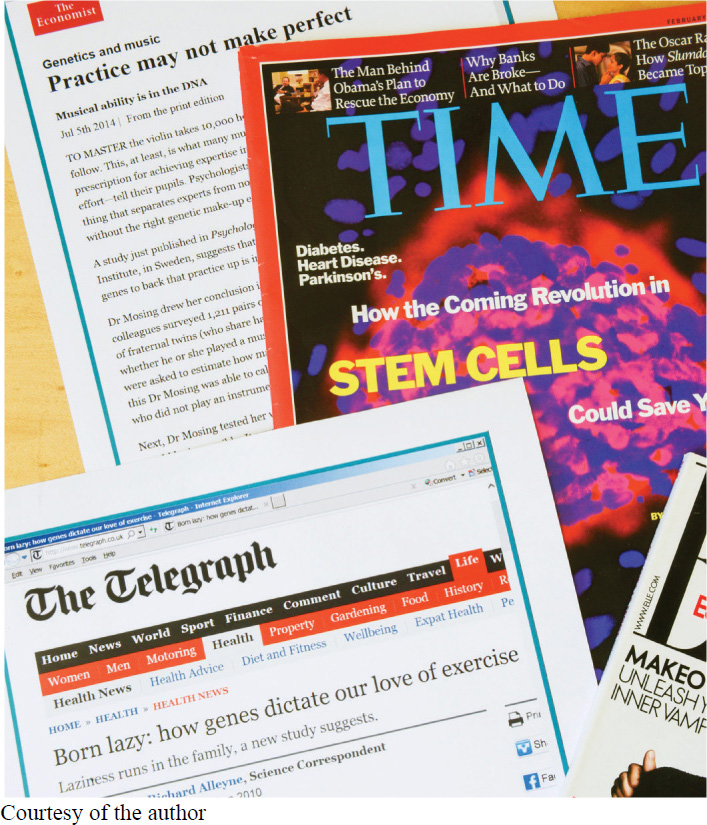
In 1981, Julius Ruffin, a 27-

What is the most common reason that DNA analyses overturn incorrect criminal convictions?
Julius Ruffin’s case is tragic, but it is not unusual. He is one of a group of 316 people in the United States (as of early 2014) who have been freed from prison as a result of DNA analyses. These unjustly imprisoned people spent an average of 13.5 years behind bars. Eighty percent had been convicted of sexual assault; 28% had been convicted of murder. In three-
In this chapter, we take a close look at DNA, the molecule responsible for Julius Ruffin’s exoneration and the deferred justice served to the 315 other people. All living organisms—
179
The importance of DNA goes far beyond its function as an individual identifier, however. The information carried within this molecule, which is organized into individual units called genes, is among the most important of all biological knowledge. It contains instructions for the function of every enzyme and cell in our bodies and carries a record of the evolutionary history of lineages of cells and organisms. And, as witnessed by the following excerpts, it is often in the news.
“Selfish dictators may owe their behaviour partly to their genes, according to a study that claims to have found a genetic link to ruthlessness.”
— Nature, April 2008
“Too Many One-
— Time magazine, December 2010
In fact, it’s nearly impossible to open a newspaper or watch a news report these days without being informed that yet another complex human characteristic or trait has been linked to a newly discovered gene (FIGURE 5-2). But what does that actually mean? What is this molecule that apparently exerts influence over everything from our fidelity to our ruthlessness? We explore these issues and more in this chapter, beginning with a look at the structure of DNA itself and how it contains the information for producing organisms. In later sections of the chapter, we learn how modern manipulations of DNA are having far-

TAKE-HOME MESSAGE 5.1
DNA is a molecule that all living organisms carry in almost every cell in their body. It contains instructions for the functions of every cell. Because every person’s DNA is unique and because we leave a trail of DNA behind us as we go about our lives, DNA can serve as an individual identifier.
How can DNA be used as an “individual identifier”? How was DNA used to free Julius Ruffin?
Every person’s DNA is unique (with the exception of identical twins). DNA is contained in our cells and also is found in our saliva, hair, blood, and dead skin cells.
In the case of Julius Ruffin, who was unjustly incarcerated for a sexual assault he did not commit, analysis of DNA on a swab of evidence revealed for certain that Ruffin was not the attacker. The DNA perfectly matched that of another man who was already in prison, serving time for rape.